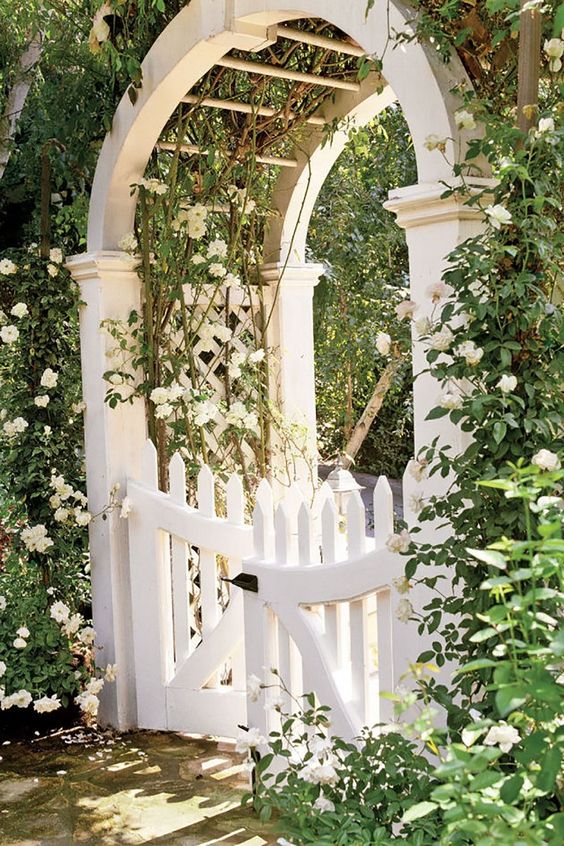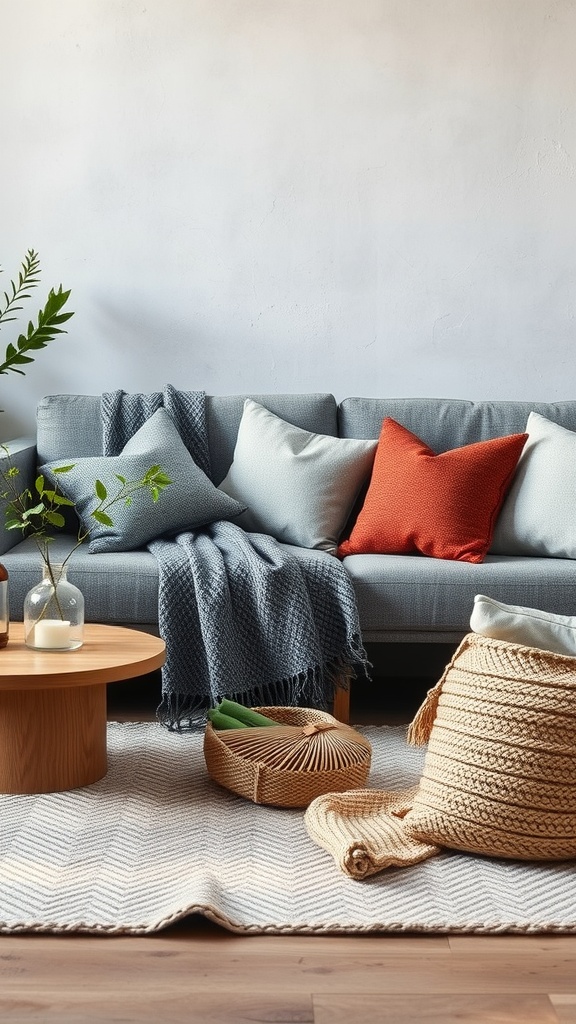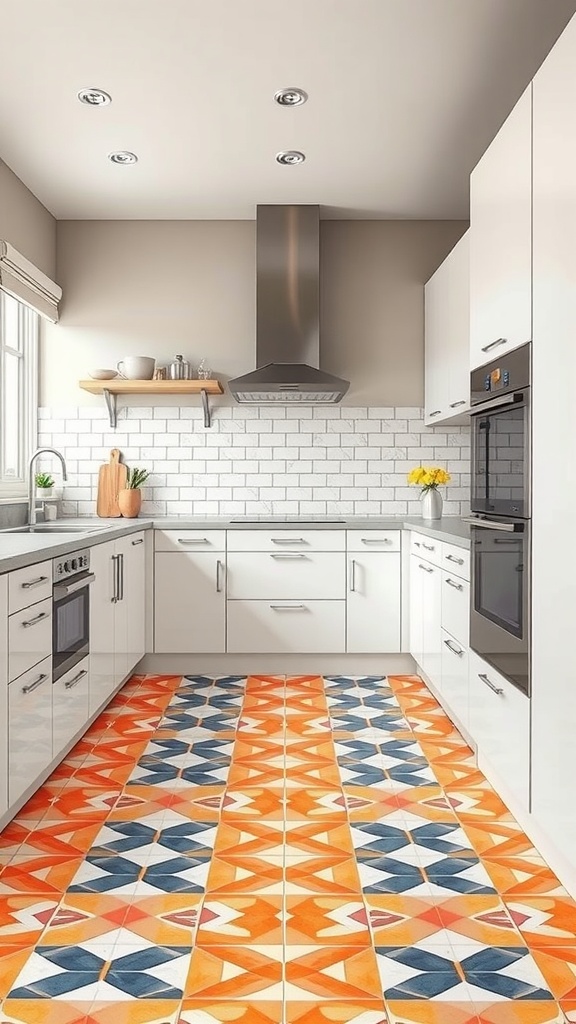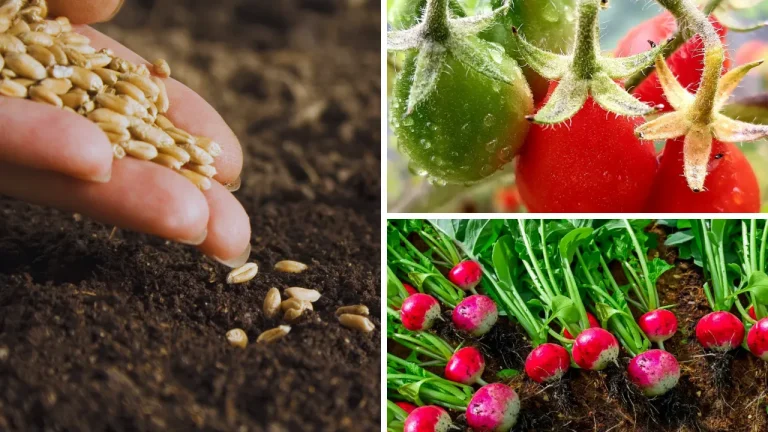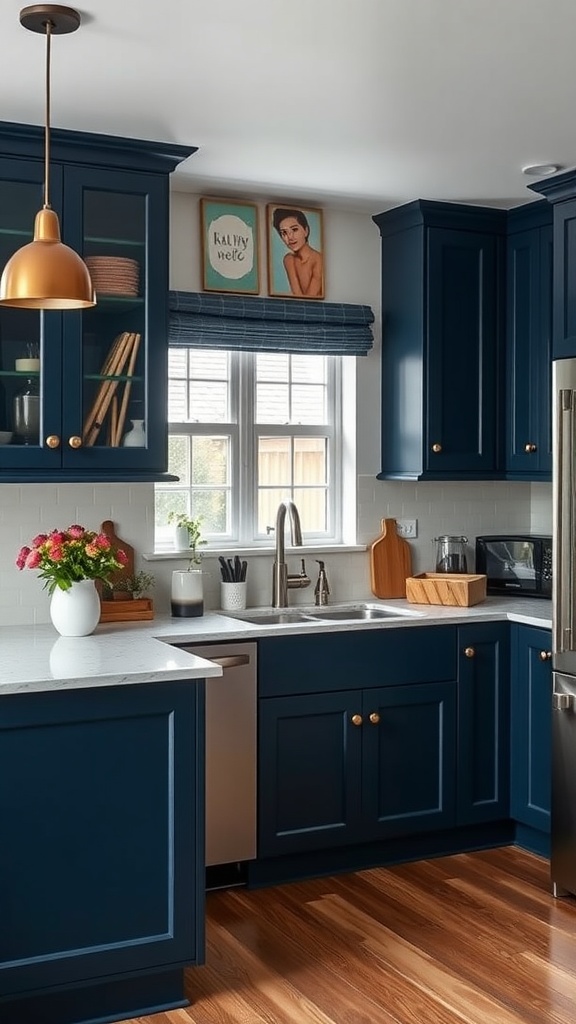9 Common Seed Starting Mistakes To Avoid
Are you ready to start your own seeds at home? It’s a rewarding and cost-effective way to grow your garden, but there are some common mistakes that many beginners make.

By avoiding these errors, you can increase your chances of success and enjoy a beautiful, healthy garden.
1. Starting seeds at the wrong time
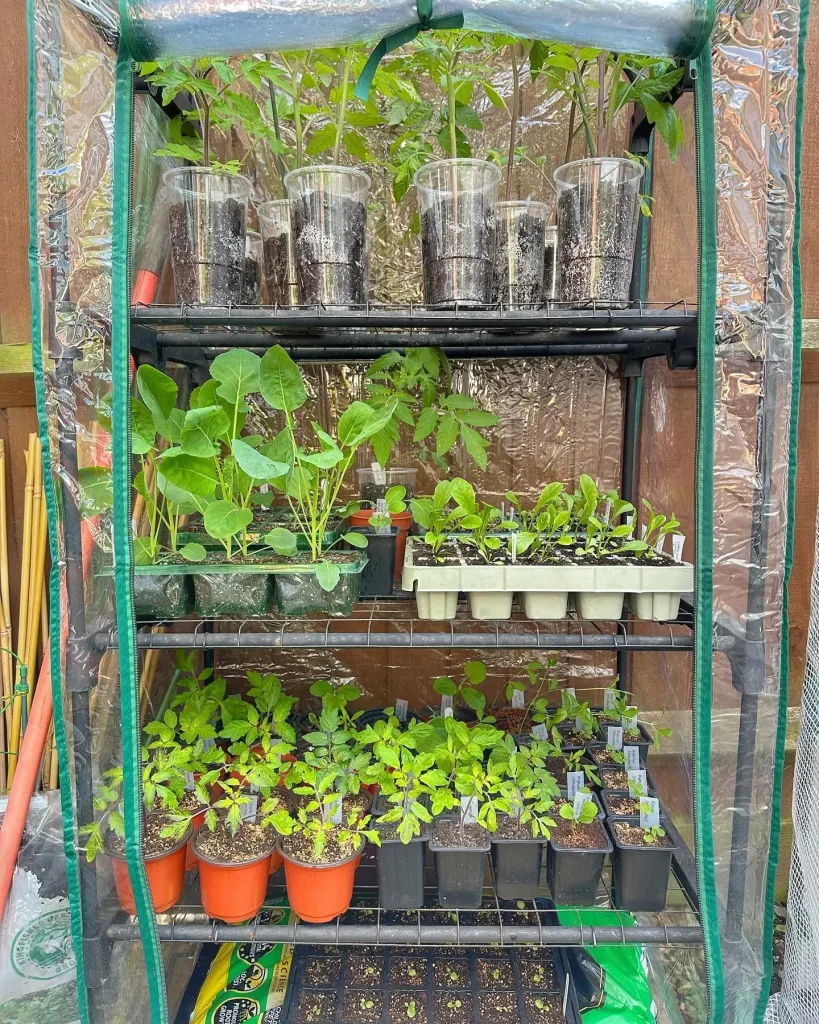
One of the most common mistakes that beginners make is starting seeds too early or too late. Each type of plant has its own ideal germination and growing time, so it’s important to do some research on the specific plants you want to grow.
Many seed packets will provide information on when to start seeds indoors and when to transplant them outdoors. By following these guidelines, you can ensure that your plants have enough time to grow and mature before the growing season ends.
2. Not reading seed packages

Seed packages contain valuable information that can help you successfully grow your plants. They often include details on when to plant, how deep to plant the seeds, and how far apart to space them.
Some packages may also provide tips on caring for the plants as they grow. Taking the time to read and understand this information can make a big difference in the success of your seed starting efforts.
3. Using the wrong soil
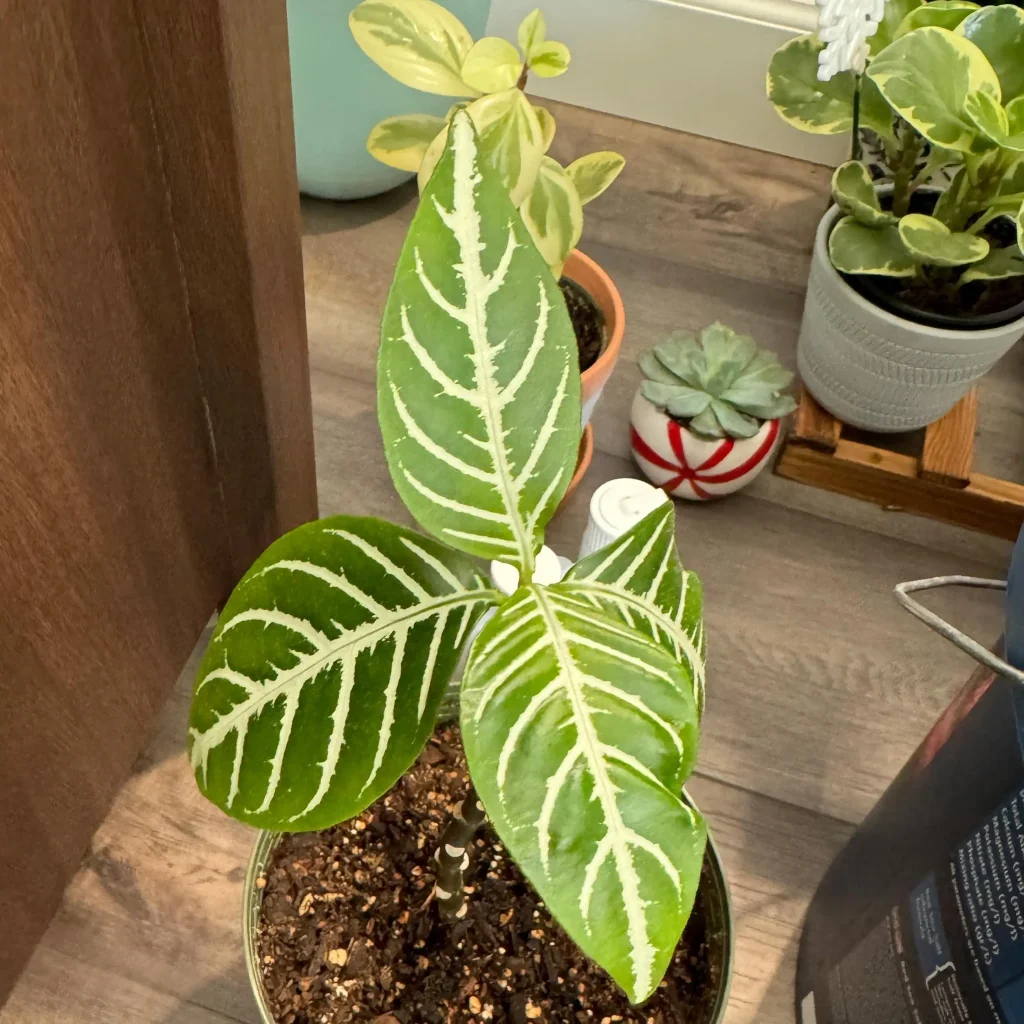
The type of soil you use for starting seeds is crucial to their success. A good seed starting mix should be lightweight, well-draining, and sterile to prevent diseases.
Avoid using regular garden soil, as it can be too heavy and may contain weed seeds or pathogens that can harm your delicate seedlings. Instead, look for a high-quality seed starting mix at your local garden center or nursery.
4. Not providing warmth
Seeds need warmth to germinate, so it’s important to provide them with the right conditions. Most seeds germinate best at temperatures between 65-75°F (18-24°C). You can use a heating mat to provide consistent warmth, especially if you’re starting seeds in a cooler environment.
Once the seeds have germinated, be sure to remove the heating mat to prevent the seedlings from getting too warm.
5. Insufficient light

After germination, seedlings need plenty of light to grow strong and healthy. If you’re starting seeds indoors, place them in a sunny south-facing window or use grow lights to provide the necessary light. Keep the lights on for 12-16 hours per day, adjusting the height as the seedlings grow to keep them close to the light source.
6. Watering too much (or too little)

Finding the right balance when it comes to watering your seedlings can be tricky. Overwatering can lead to damping off and other diseases, while underwatering can cause stunted growth or even death. A good rule of thumb is to keep the soil consistently moist but not waterlogged. Water from the bottom if possible, using a tray filled with water that the pots can soak up as needed.
7. Fertilizing incorrectly
Seedlings don’t need much in the way of fertilizer until they have developed their first set of true leaves. At this point, you can start feeding them with a diluted liquid fertilizer, following the instructions on the package. Be careful not to over-fertilize, as this can damage the delicate roots of your seedlings.
8. Not thinning or potting up
As your seedlings grow, they will need more space to develop strong roots and healthy foliage. If they are overcrowded in their containers, they may become stunted or leggy. Thin out the weakest seedlings, leaving only the strongest ones in each pot. If they outgrow their containers, carefully transplant them into larger pots to give them room to grow.
9. Skipping the hardening off process
Before transplanting your seedlings outdoors, it’s important to acclimate them to their new environment. This process, known as hardening off, involves gradually exposing the seedlings to outdoor conditions such as sunlight, wind, and temperature fluctuations. Start by placing them outside for a few hours each day, gradually increasing the time over the course of a week or two. This will help prevent transplant shock and give your seedlings the best chance of thriving in their new home.
By avoiding these common seed starting mistakes, you can increase your chances of success and enjoy a bountiful garden filled with healthy, vibrant plants. With a little care and attention, you’ll soon be reaping the rewards of your efforts as you watch your seedlings grow into beautiful, productive plants. Happy gardening!

